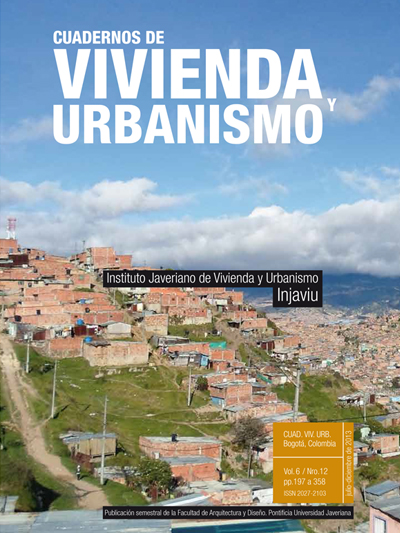Resumo
O sistema urbano colombiano passou de uma estrutura policêntrica, no século XIX, para uma rede organizada em torno de quatro cidades, dinamizada pelo desenvolvimento industrial, na primeira metade do século XX. A partir dos anos cinquenta, o aceleramento da industrialização sob um modelo keynesiano e a reestruturação das economias regionais côa diversificação das exportações e a mineração, levaram para uma crescente primazia de Bogotá. A entronização do país em um processo de globalização nos anos noventa e a consequente crise industrial e agrária remodelaram as economias regionais, provocando o marasmo de algumas regiões como o Eixo Cafeteiro e o vale alto do rio Magdalena e a revitalização de cidades como Bucaramanga e Cartagena. O escrito examina esse último período, côa pretensão de oferecer uma panorâmica da estrutura atual da rede de cidades, modelada hoje por processos de globalização econômica e liberalização política.
Esta revista científica se encuentra registrada bajo la licencia Creative Commons Reconocimiento 4.0 Internacional. Por lo tanto, esta obra se puede reproducir, distribuir y comunicar públicamente en formato digital, siempre que se reconozca el nombre de los autores y a la Pontificia Universidad Javeriana. Se permite citar, adaptar, transformar, autoarchivar, republicar y crear a partir del material, para cualquier finalidad (incluso comercial), siempre que se reconozca adecuadamente la autoría, se proporcione un enlace a la obra original y se indique si se han realizado cambios. La Pontificia Universidad Javeriana no retiene los derechos sobre las obras publicadas y los contenidos son responsabilidad exclusiva de los autores, quienes conservan sus derechos morales, intelectuales, de privacidad y publicidad.
El aval sobre la intervención de la obra (revisión, corrección de estilo, traducción, diagramación) y su posterior divulgación se otorga mediante una licencia de uso y no a través de una cesión de derechos, lo que representa que la revista y la Pontificia Universidad Javeriana se eximen de cualquier responsabilidad que se pueda derivar de una mala práctica ética por parte de los autores. En consecuencia de la protección brindada por la licencia de uso, la revista no se encuentra en la obligación de publicar retractaciones o modificar la información ya publicada, a no ser que la errata surja del proceso de gestión editorial. La publicación de contenidos en esta revista no representa regalías para los contribuyentes.


